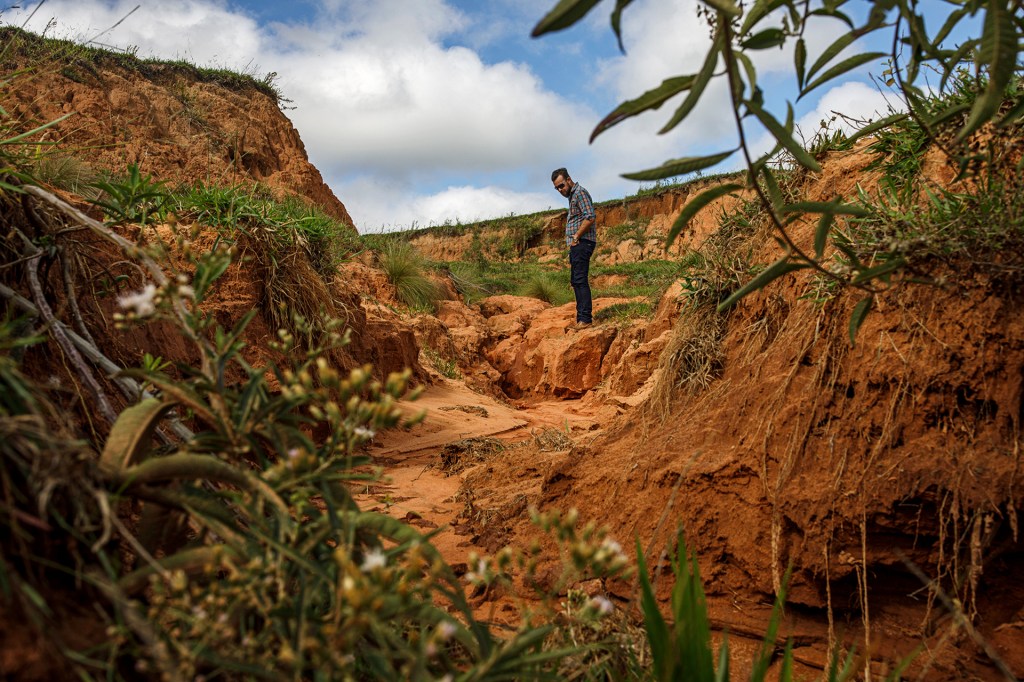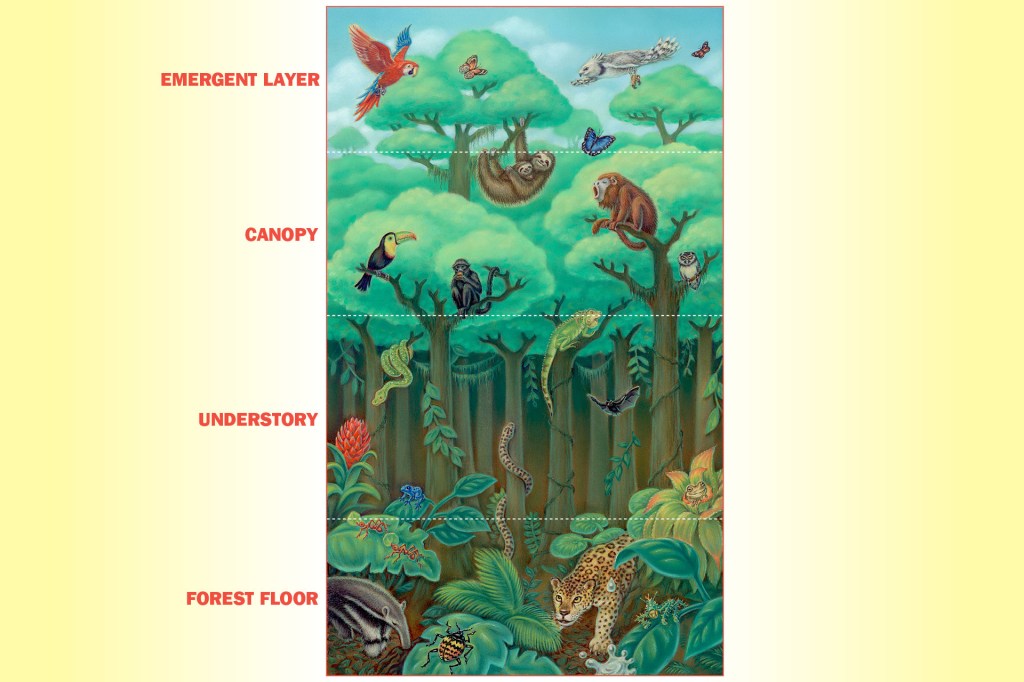On Target
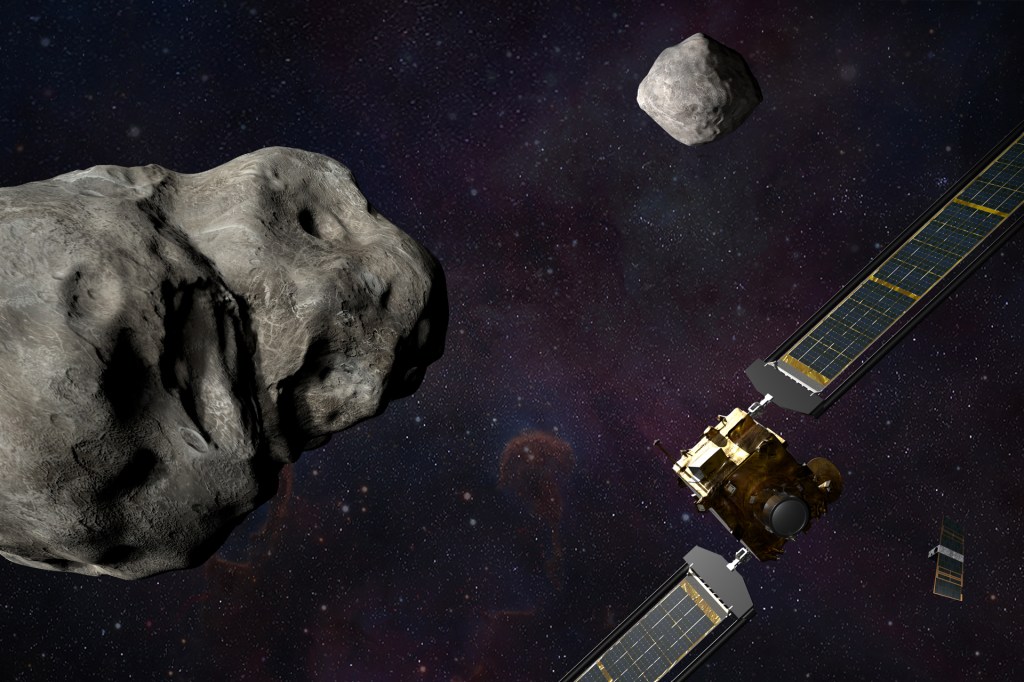
NASA sent a refrigerator-size craft into space. Its job was to smash into an asteroid.
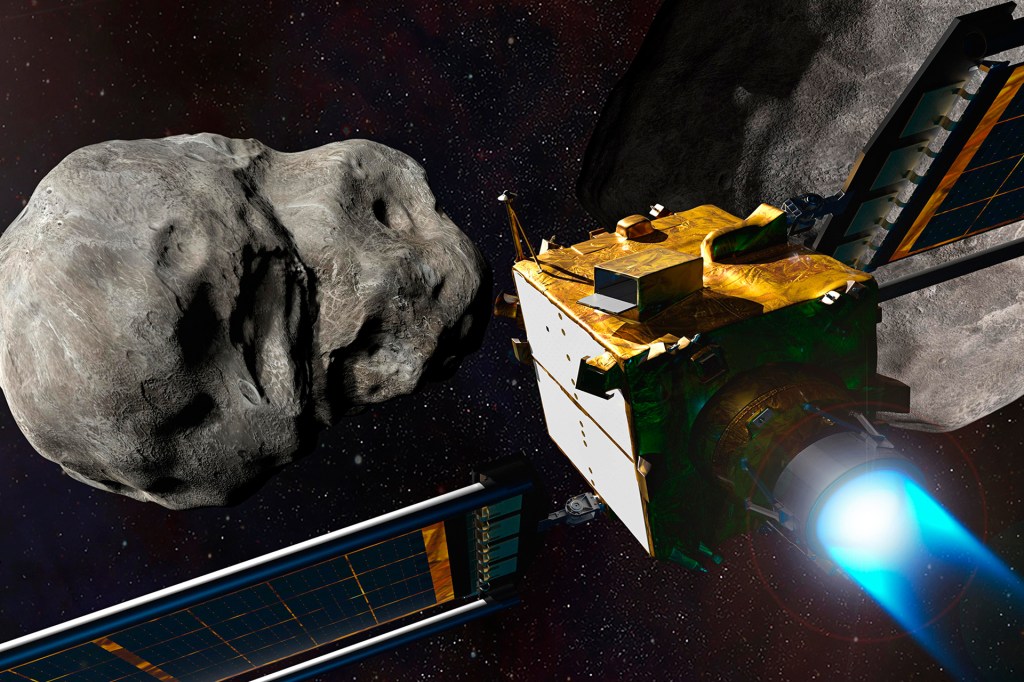
This illustration shows NASA’s DART spacecraft in action.
STEVE GRIBBEN—JOHNS HOPKINS APL/NASAThe spacecraft was called DART. That stands for Double Asteroid Redirection Test. It was launched last November. DART was sent to Dimorphos. That’s an asteroid
asteroid
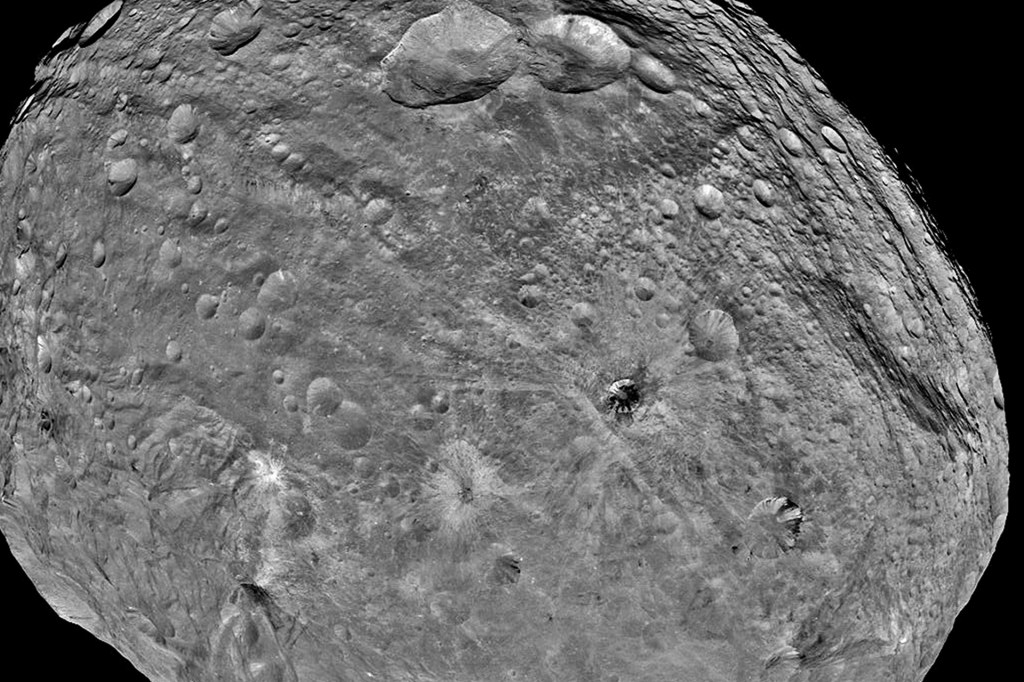 NASA/JPL-CALTEC/GETTY IMAGES
a rocky object that orbits the sun
(noun)
One of the largest asteroids is Vesta.
. DART would collide with it. Why? To see if the crash could speed up the asteroid’s orbit
orbit
NASA/JPL-CALTEC/GETTY IMAGES
a rocky object that orbits the sun
(noun)
One of the largest asteroids is Vesta.
. DART would collide with it. Why? To see if the crash could speed up the asteroid’s orbit
orbit
 EGAL—GETTY IMAGES
the path that one thing takes around another
(noun)
Earth moves in an orbit around the sun.
around another space rock. It’s called Didymos. Neither of these asteroids is a threat to Earth. But in the future, other asteroids might be.
EGAL—GETTY IMAGES
the path that one thing takes around another
(noun)
Earth moves in an orbit around the sun.
around another space rock. It’s called Didymos. Neither of these asteroids is a threat to Earth. But in the future, other asteroids might be.
Protecting the Planet
The cosmic crash took place on September 26. For the mission to succeed, DART would have to change Dimorphos’s orbit by at least 73 seconds. On October 11, the DART team announced its results. It did so at the Kennedy Space Center. That’s in Florida. The collision sped up Dimorphos’s orbit by 32 minutes.
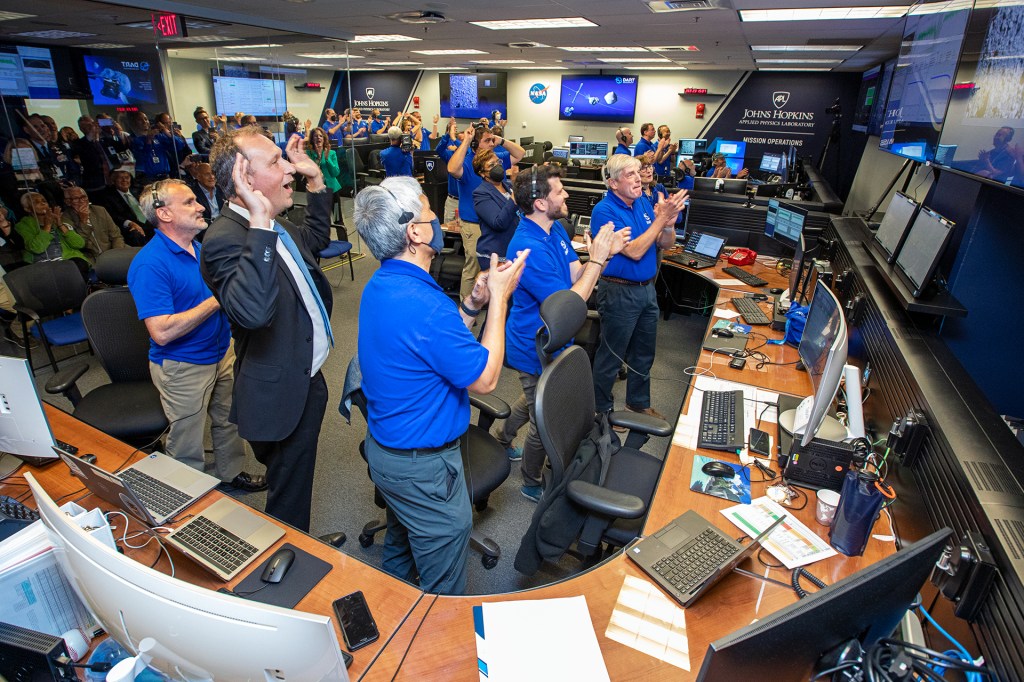
The NASA team cheers as the DART spacecraft hits its target in September.
DAVE C. BOWMAN—NASABill Nelson leads NASA. “This mission shows that NASA is trying to be ready for whatever the universe throws at us,” he said.









